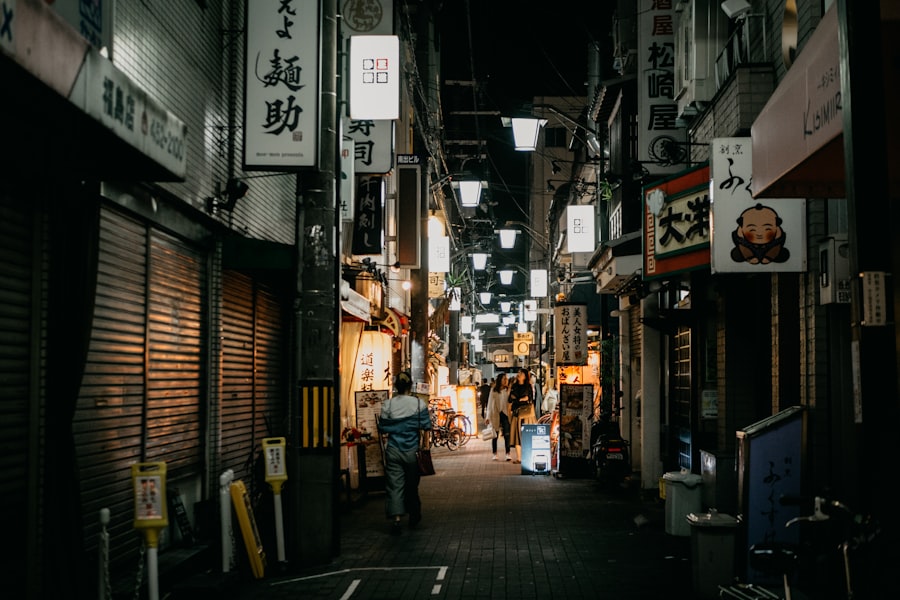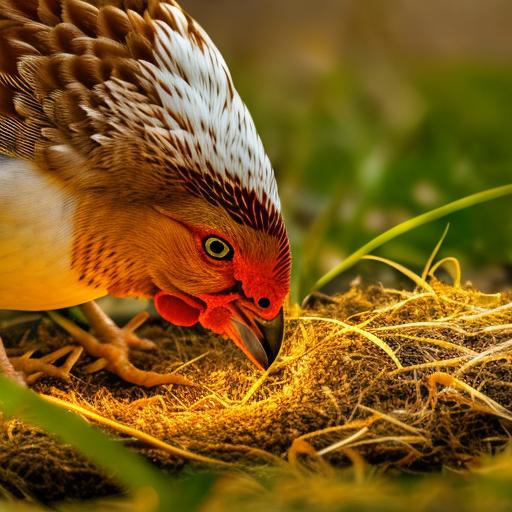Just like humans, chickens need sleep to maintain their health and well-being. Sleep is essential for their physical and mental health, as well as for their productivity. Lack of sleep can lead to health problems and decreased egg production. Therefore, it is important to provide chickens with optimal conditions for sleep in order to ensure their overall well-being.
Key Takeaways
- Sleep is important for chickens to maintain their health and well-being.
- Heat lamps can provide comfort for chickens in their coops.
- The myth that heat lamps disrupt chicken sleep patterns is not supported by science.
- Factors such as temperature, light, and noise can affect chicken sleep quality.
- Providing optimal conditions for chicken sleep is crucial for their overall health and productivity.
The Role of Heat Lamps in Chicken Coops
Heat lamps are commonly used in chicken coops to keep the chickens warm, especially during cold weather. They provide a source of heat and light for the chickens, creating a comfortable environment for them to rest and sleep. Heat lamps are particularly important for young chicks, as they are more vulnerable to cold temperatures and need extra warmth to thrive.
The Myth of Heat Lamps Disrupting Chicken Sleep Patterns
There is a common belief that heat lamps disrupt chicken sleep patterns. Some people think that the light and noise from the heat lamps can disturb the chickens’ sleep. However, this is not true. Chickens are able to sleep with light and noise present, and they have adapted to sleeping in various environments.
The Science Behind Chicken Sleep Patterns
| Metrics | Data |
|---|---|
| Average Sleep Time | 8 hours per day |
| REM Sleep Time | 25% of total sleep time |
| Non-REM Sleep Time | 75% of total sleep time |
| Deep Sleep Time | 10-15% of total sleep time |
| Light Sleep Time | 60-65% of total sleep time |
| Awake Time | 10-15% of total sleep time |
Chickens have a unique sleep pattern that involves both REM (rapid eye movement) and non-REM sleep. They require a certain amount of sleep each day to maintain their health. During REM sleep, chickens experience increased brain activity and muscle relaxation, similar to humans. Non-REM sleep is characterized by decreased brain activity and muscle tone.
Factors That Affect Chicken Sleep Quality
Several factors can affect the quality of chicken sleep. Temperature, light, and noise are all important considerations when creating optimal conditions for chicken sleep. Providing the right environment can help chickens get the sleep they need to stay healthy and productive.
The Impact of Light on Chicken Sleep

Chickens are sensitive to light and use it to regulate their sleep patterns. Light exposure helps chickens determine when to sleep and when to be awake. Too much or too little light can disrupt their sleep. It is important to provide a consistent light-dark cycle in the chicken coop to ensure that chickens get the right amount of sleep.
The Effectiveness of Heat Lamps in Providing Comfort for Chickens
Heat lamps are an effective way to keep chickens warm and comfortable, especially during cold weather. They provide a source of heat that mimics the warmth of a mother hen, creating a cozy environment for the chickens to rest and sleep. In addition, heat lamps also provide a source of light, which can help regulate the chickens’ sleep patterns.
The Relationship Between Temperature and Chicken Sleep
Temperature plays a crucial role in chicken sleep quality. Chickens are more likely to have disrupted sleep if the temperature in the coop is too hot or too cold. It is important to maintain a consistent temperature in the coop to ensure that chickens can sleep comfortably and get the rest they need.
Debunking the Myth: Heat Lamps Do Not Disrupt Chicken Sleep Patterns
Despite the myth, heat lamps do not disrupt chicken sleep patterns. Chickens are able to sleep with light and noise present, and they have adapted to sleeping in various environments. As long as the temperature is comfortable and consistent, heat lamps can actually provide a cozy environment for chickens to rest and sleep.
The Importance of Providing Optimal Conditions for Chicken Sleep
In conclusion, sleep is crucial for the health and productivity of chickens. Providing optimal conditions, including heat lamps, can help them get the sleep they need. Heat lamps are an effective way to keep chickens warm and comfortable, while also providing a source of light. By maintaining a consistent temperature and light-dark cycle in the coop, we can ensure that chickens have a restful sleep and maintain their overall well-being.
If you’re wondering whether heat lamps keep chickens awake, you might also be interested in learning about the best kind of coop for chickens. Having a suitable coop is essential for the well-being of your flock. Poultry Wizard has a helpful article that discusses different types of chicken coops and their benefits. Check it out here to ensure your chickens have a comfortable and cozy home.
FAQs
What are heat lamps?
Heat lamps are devices that emit heat and light, commonly used to provide warmth to animals in cold environments.
Why are heat lamps used for chickens?
Heat lamps are commonly used for chickens to provide warmth during cold weather or in cold environments, especially for young chicks.
Do heat lamps keep chickens awake?
Yes, heat lamps can keep chickens awake due to the bright light they emit. This can disrupt their natural sleep patterns and cause stress.
What are the effects of disrupted sleep patterns on chickens?
Disrupted sleep patterns can cause stress and anxiety in chickens, which can lead to decreased egg production, decreased immune function, and increased aggression.
Are there alternatives to using heat lamps for chickens?
Yes, there are alternative methods for providing warmth to chickens, such as using heated pads or blankets, or insulating the coop to retain heat. These methods can provide warmth without the bright light that can disrupt sleep patterns.
Meet Walter, the feathered-friend fanatic of Florida! Nestled in the sunshine state, Walter struts through life with his feathered companions, clucking his way to happiness. With a coop that’s fancier than a five-star hotel, he’s the Don Juan of the chicken world. When he’s not teaching his hens to do the cha-cha, you’ll find him in a heated debate with his prized rooster, Sir Clucks-a-Lot. Walter’s poultry passion is no yolk; he’s the sunny-side-up guy you never knew you needed in your flock of friends!







